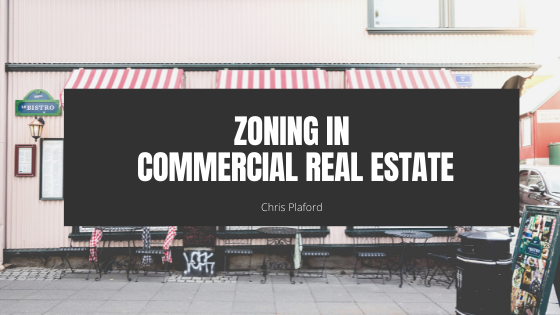In the commercial real estate industry, zoning refers to creating segmented pieces of land, which are subdivided into zones. Each of these zoned areas has specific land-use policies or purposes. The main zoning policies focus on regulating the kind of buildings that can be erected in a given area and the height and density of constructions. Zoning is one of the opportunities for regulators in the construction industry to define the growth of a given area. Real estate contractors should thus understand the specific zoning regulations to abide by them.
In the commercial real estate industry, zoning can be categorized into different areas or aspects which focus on the specific type of buildings being erected in the area. Commercial real estate zoning comprises regulations that govern design aspects of buildings, such as painting, color, layout, and even shape of the buildings in an area. Zoning regulations may vary and include different aspects, such as Floor Area Ratio, which compares the size of a given piece of land with the building erected on that land.
Other important aspects of commercial real estate zoning include parking ratio, which compares the volume of parking spaces available in a commercial property to the available gross leasable area. The consideration of the parking ratio is meant to ensure that commercial buildings have the prerequisite volume of parking space available, especially for persons with disabilities, in accordance with the Americans with Disability Act regulations. The regulatory requirements in the commercial real estate industry also touch on ensuring the presence of fire exits and escape routes within the building. These are generally essential safety features coordinated by different regulatory bodies, including municipalities, through the local zoning regulations.
The last important aspect of commercial real estate zoning touches on the occupation of real estate properties. The zoning regulations define the kind of family houses to construct, such as multifamily vs. single-family houses. These zoning regulations are meant to control the population of a given residential area, which is determined by a number of factors, including the presence of utilities, such as hospitals, water, and sewerage connections.
